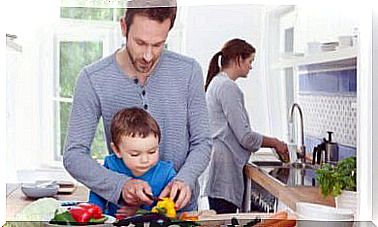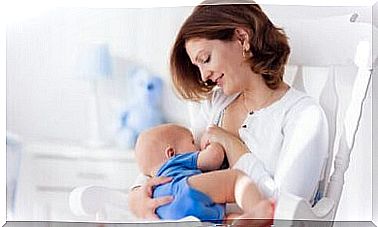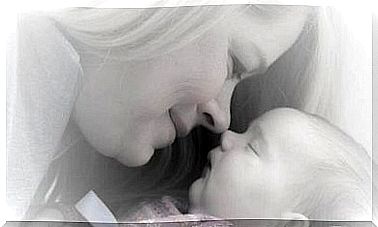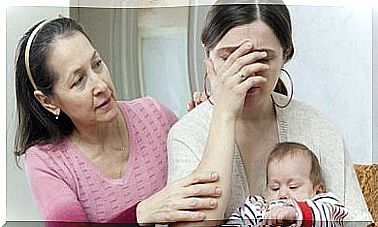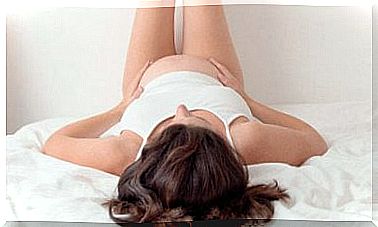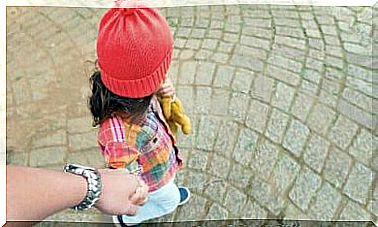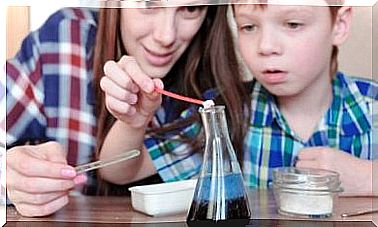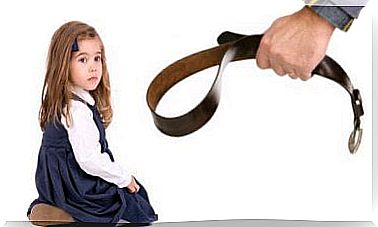Child’s Physical Development In The First Months Of Life
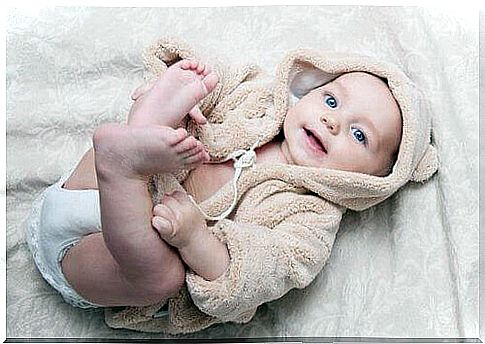
The newborn has a round chest, a rather large head relative to the body, relatively short limbs, and a visible abdomen. The newborn is about 50 centimeters long and usually weighs 3-4 pounds. The physical development of a child in the first months of life is wild, and a person grows faster during infancy and early childhood than at any other stage of his life. The birth weight of a child doubles in 4-5 months and triples in a year.
Different areas of baby development
Baby development can be divided into the following developmental areas:
- Cognitive development
- Linguistic development
- Physical development, including fine and coarse motor skills
- Social development
The child’s physical development in the first months of life
Your senses
In her first days of life, the baby does not yet actually know her own body, nor can she recognize where the mother’s body ends and where her own body begins. The newborn baby’s vision is still blurry and he can’t see properly. More specifically, the baby is able to see just barely shadows and at a distance of about half a meter.
Babies love all kinds of lights and sounds. They draw its attention as they relax as well as amuse the baby. If your baby is starting to behave restlessly, you may want to talk to him or her. It is important that the baby feels loved and secure so that its sense of security is enhanced.
Sleep
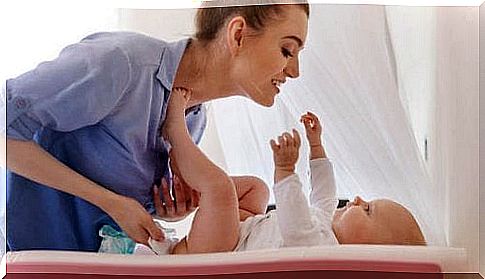
During the first months of life, the baby spends very little of its time awake. He sleeps most of the day, up to 16-20 hours. Babies sometimes wake up just to eat.
It is also perfectly normal for the baby’s breathing to still be uneven and loud when they are asleep. If the baby does not wake up to eat independently, the baby may be interrupted during the day about every two to three hours to feed the baby.
Food
Pediatricians usually recommend breast milk as the only food during the first months of a baby’s life. However, if for some reason the mother is unable to produce milk and breastfeed the baby herself, bottle feeding can be used. Thus, infant formulas are not otherwise necessary unless specifically recommended by a pediatrician.
Relationship with mother
Your baby will love it when he is lifted in his arms and considered good. When raising a baby, be especially careful and cautious with this head, as it is still particularly sensitive. You can walk around your home with your baby in your arms, this is how she hears different sounds around her.
Babies learn to recognize the mother by the smell of her, the way she holds the baby in her arms, and by listening to the beats of this heart. During this stage, babies learn that crying is the best way to get attention.
Weight
The baby’s weight drops in the days after birth because the continuous supply of food from the placenta ceases and the amount of breast milk or substitute eaten is still small. The weight of many healthy children drops by as much as 10% before it turns up again. Birth weight should be reached again within 7-10 days of birth.
During the first 3-4 months of life, the baby’s weight will increase by about 20-30 grams daily and in the following months by about 12-20 grams per day until the child is one year old. The birth weight of a child doubles in 4-5 months and triples in a year.
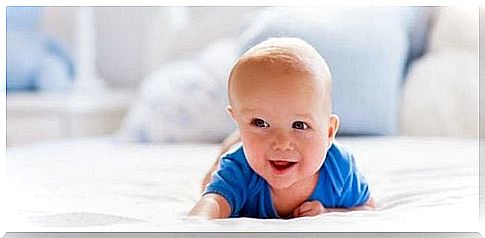
Signs left over from birth
It is common for a baby’s nose and head to have gone into a lantern during childbirth. This is the result of the baby being squeezed through the pelvis during childbirth.
There may also be a slight swelling or redness in the baby’s eyes. This, too, will pass in a few days. A few days after giving birth, the baby’s skin also begins to change color and become more natural in color.
Developing a baby’s fine motor skills
There are a variety of ways to develop fine motor skills in a child under the age of 4 months, of which we will mention a few below.
- Let your baby put harmless objects in his mouth, and suck them.
- Place your face towards your baby’s face, preventing this from seeing yourself. Then move your head from side to side, use different tones and make the most special sounds. If your baby’s attention wears off from following your face, try to get him to pay attention back to you.
- Place your finger on the baby’s palm, and let this squeeze it.
- Let your child touch your face and hair, etc.
- If your child drops the toy, let him lift it himself.
- Gently stroke the outside of the baby’s hands: when the baby opens his palm, stimulate this by handing him an object that he can squeeze in his hands.
Developing a baby’s rough motor skills
The rough motor skills of babies aged 0-4 months can also be practiced through a variety of activities.
- Dress your baby so that he or she feels as comfortable as possible. Do not wrap him too tightly so that he can move freely.
- Stroke the baby’s feet, arms, soles of the feet and palms. This encourages the baby to move.
- Change the baby’s position in the cradle and rock him lightly.
- With one hand on the baby’s calves and the other on the knees, gently bend and gently pull the baby’s feet to a horizontal position. Observe the position of the pelvis. The entire lumbar spine should be supported on the surface on which the baby is lying.
- Let your child put his hand in his mouth.
